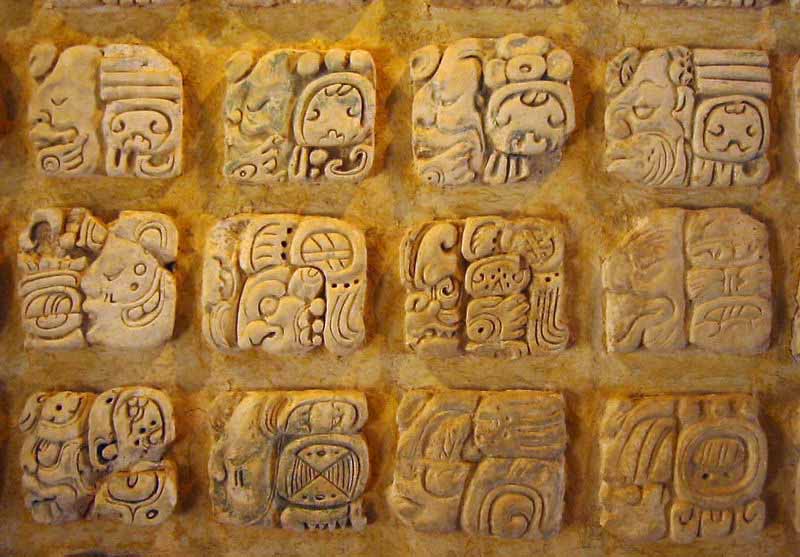
The Sami’s use of teepees goes back many thousand years. These super-tall eggheads were credited with being the ruling elite of Mexico’s first large town in the Tepotztlan Valley in Morelos State, the Olmec Civilization and Teotihuacan. They appeared in Veracruz and Tabasco about the same time that the Paracusa Culture (Paracas in Spanish) was getting started in Peru or about 800 BC. Their DNA has been traced to the Crimea Region north of the Black Sea. They were very tall people with large, egg-shaped heads. The last group to arrive from afar were quite different. The migrations of the Sjoke and several Maya groups to the Southern Highlands of North America will be covered by other articles. This latter group retained cultural memories of their migration route from faraway. They may also have been Sjoke, but lost their separate ethnic identity. It is important to note that both mound-building and pottery-making occurred much earlier in the Savannah, Ogeechee and Altamaha River Basins of Georgia.Ī culturally advanced people also arrived at the same time then stimulated to the development of future Maya city-states. The Sjoke came around 1200-1000 BC and brought with them knowledge of pottery making and mound-building.



The elites merely infused an admixture of cultural knowledge and genes, which stimulated advanced civilizations. It should be emphasized that the vast majority of indigenous DNA in that region was American Indian. This article covers the arrival of at least three ethnic groups to southern Mexico. Migrations of Elite Peoples to Southern Mexico Origins of the Chickasaw and Creek Peoples – Part Seven by Richard L.


 0 kommentar(er)
0 kommentar(er)
